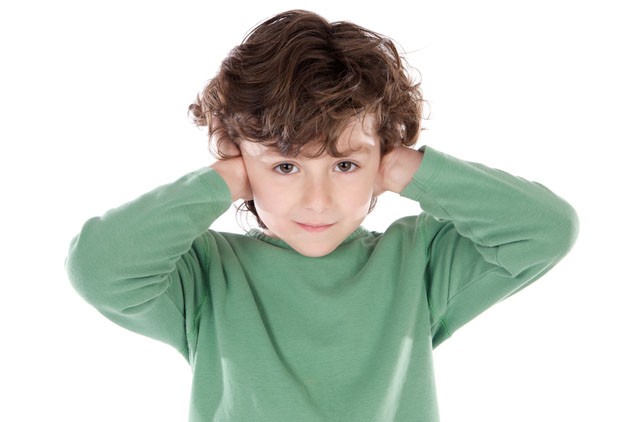My husband and I went on a short vacation mid-month, with a group of old friends. On the morning of September 16th, far from any sense of danger, I enjoyed a beautiful view of the White Mountains of New Hampshire outside a window in the dining room of our hotel,while intermittently sipping tea and flipping through the New York Times. Unaware until then that September is National Disaster Preparedness Month, I came across a letter to the editor that got me thinking. It was written by David Perlin, Executive Director of the Public Health Research Institute and Regional Biocontainment Laboratory, New Jersey Medical School-U.M.D.N.J. In his letter, Mr. Perlin urged parents and families to use the movie Contagion as an impetus to reflect on their own disaster planning, and he asked three questions which I think are very relevant for any of us who are concerned with child welfare, resilience, and recovery: Does your family have a disaster plan? What about your child’s school or day care center? Is your local hospital equipped for an influx of pediatric patients?
If your family does not have a plan, I hope this blog will help you to prepare one. I also advocate the importance of asking the relevant questions of your child’s school or day care center, and your local hospital. Children have different mental and physical health concerns than we adults do, and all of us who interface with children in the community need to both be prepared for them and prepare them.
There are several websites which provide excellent resources for you: www.fema.gov/kids, www.americanfamilysafety.com , and the website for the American Academy of Pediatrics, www.aap.org/disasters . Look them over, and when you do you will find that there are basically three tasks for us to attend to: purchase emergency supplies, make a plan, and stay informed. An emergency kit should include: a backpack, 12 hr. light stick (green), plastic whistle and lanyard, 37-piece 1st aid kit, 50 yds. duct tape, 14-in-1 pocket tool, 3-way can opener, AM/FM radio w/battery, batteries, flashlight, 2x solar blanket, 2×2400 calorie food ration w/5-yr. shelf life, 2x emergency poncho, 2xN95 repirator mask, 2x bio-hazard bag, work gloves/leather palm, waterproof matches (50). Many of these items can be ordered over the internet through one of the above sites.Your children can also help you to list and shop for these items, and at the same time, you can explain to them why and how they can be used. You can also plan and practice disaster drills.
There has been no shortage of disasters in our country throughout the year – fires, floods, tornadoes, earthquakes, murders, kidnappings – and September 11th will always evoke our grief and anxiety about terrorism. Think about what your child’s first-hand experience with disaster is. Are there family members who are or have been harmed or killed? Have they witnessed disasters in TV? Sometimes children need psychological first aid. It’s particularly important to create opportunities for connection. Connection to family and friends and to the larger community can greatly influence resilience. I’m reminded of the mother in Joplin, Missouri I heard about, who had the good sense to direct her children away from watching news bulletins on their TV and instead brought them into the community to help disperse supplies to the tornado survivors.
It is always important to keep attuned to your children, but is expecially important around the time of a disaster. Is she or he having trouble sleeping or having trouble with school or friends? What about chores or other routine tasks? These symtoms may be a sign that your child needs extra attention from you, needs communication and/or comforting. Sometimes reading books to them helps children to talk about what’s bothering them. Pick up one at your local bookstore or library. One of my favorite books on the topic for adults is “Terrorism and Kids” by Fern Reiss (Peanut Butter and Jelly Press), which was written in reaction th September 11th, 2001 but contains several ideas and suggestions that are relevant to other disasters as well.
Now is the time to get started; you’re already on the computer. Just click on to the websites above and begin your family’s disaster preparedness. You’ll be glad you did, and so will your children.
by Catherine McCall, MS, LMFT in Overcoming Child Abuse
http://www.psychologytoday.com/blog/overcoming-child-abuse/201109/how-can-we-help-children-deal-natural-disasters
[tweetmeme] [like url=http://www.bambinis.net/articles/children-deal-natural-disasters/ action=like width=80 height=20]



Leave a Reply